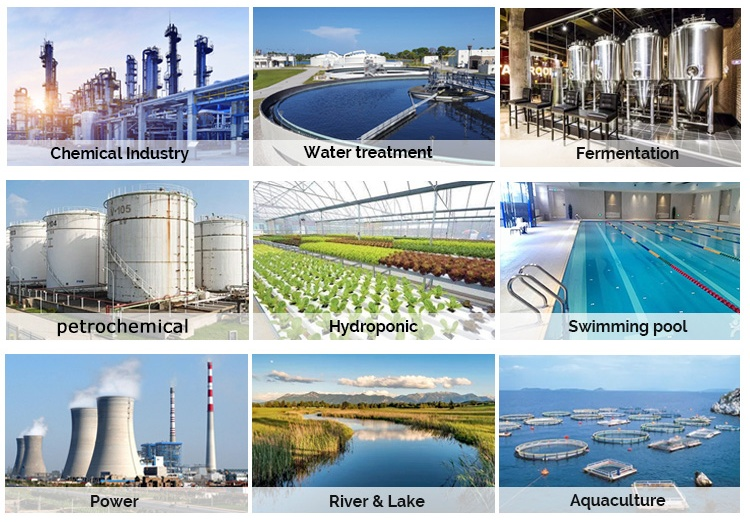UV Fluorescent OIW Meter Oil in Water Sensor for Water Quality Monitoring
Features
① Single UV Light Source Technology
The sensor uses a specialized UV light source to excite hydrocarbon fluorescence, automatically filtering out interference from suspended particles and chromaticity. This ensures high accuracy and stability in complex water matrices.
② Reagent-Free & Eco-Friendly Design
With no chemical reagents required, the sensor eliminates secondary pollution and reduces operational costs, making it ideal for sustainable industrial and environmental applications.
③ Continuous Online Monitoring
Capable of uninterrupted 24/7 operation, the sensor provides real-time data for process control, compliance reporting, and early leak detection in pipelines or storage facilities.
④ Automatic Turbidity Compensation
Advanced algorithms dynamically adjust measurements to account for turbidity fluctuations, ensuring reliable performance in sediment-laden or variable-quality water.
⑤ Self-Cleaning Mechanism
An integrated wiper system prevents biofilm buildup and fouling, minimizing manual maintenance and ensuring long-term reliability in challenging environments.


Product Paramenters
| Product Name | Oil In Water Sensor (OIW) |
| Measurement method | Fluorescent |
| Range | 0-50 mg/L ; 0-5 mg/L; Temperature: 0-50 ℃ |
| Accuracy | ±3%F.S. Temperature: ±0.5℃ |
| Power | 9-24VDC(Recommend12 VDC) |
| Size | 48mm*125mm |
| Material | 316L Stainless Steel |
| Output | RS-485, MODBUS protocol |
Application
1. Industrial Wastewater Management
Monitor oil levels in discharge streams from manufacturing plants, refineries, or food processing facilities to ensure compliance with environmental regulations (e.g., EPA oil and grease limits). Real-time data helps optimize filtration systems and prevent costly overflows.
2. Drinking Water Protection
Detect trace oil contaminants in source water (rivers, lakes, or groundwater) and treatment processes to safeguard public health. Early identification of spills or leaks minimizes risks to potable water supplies.
3. Marine and Coastal Monitoring
Deploy in harbors, offshore platforms, or aquaculture zones to track oil spills, bilge water discharges, or hydrocarbon pollution. The sensor’s rugged design ensures reliable operation in saltwater environments with high suspended sediment.
4. Petroleum and Chemical Processes
Integrate into pipeline systems, storage tanks, or refinery water circuits to monitor oil-water separation efficiency. Continuous feedback enhances process control, reducing waste and improving resource utilization.
5. Environmental Remediation
Support groundwater and soil cleanup projects by measuring residual oil concentrations in extraction systems or bioremediation sites. Long-term monitoring ensures effective remediation and ecological recovery.










